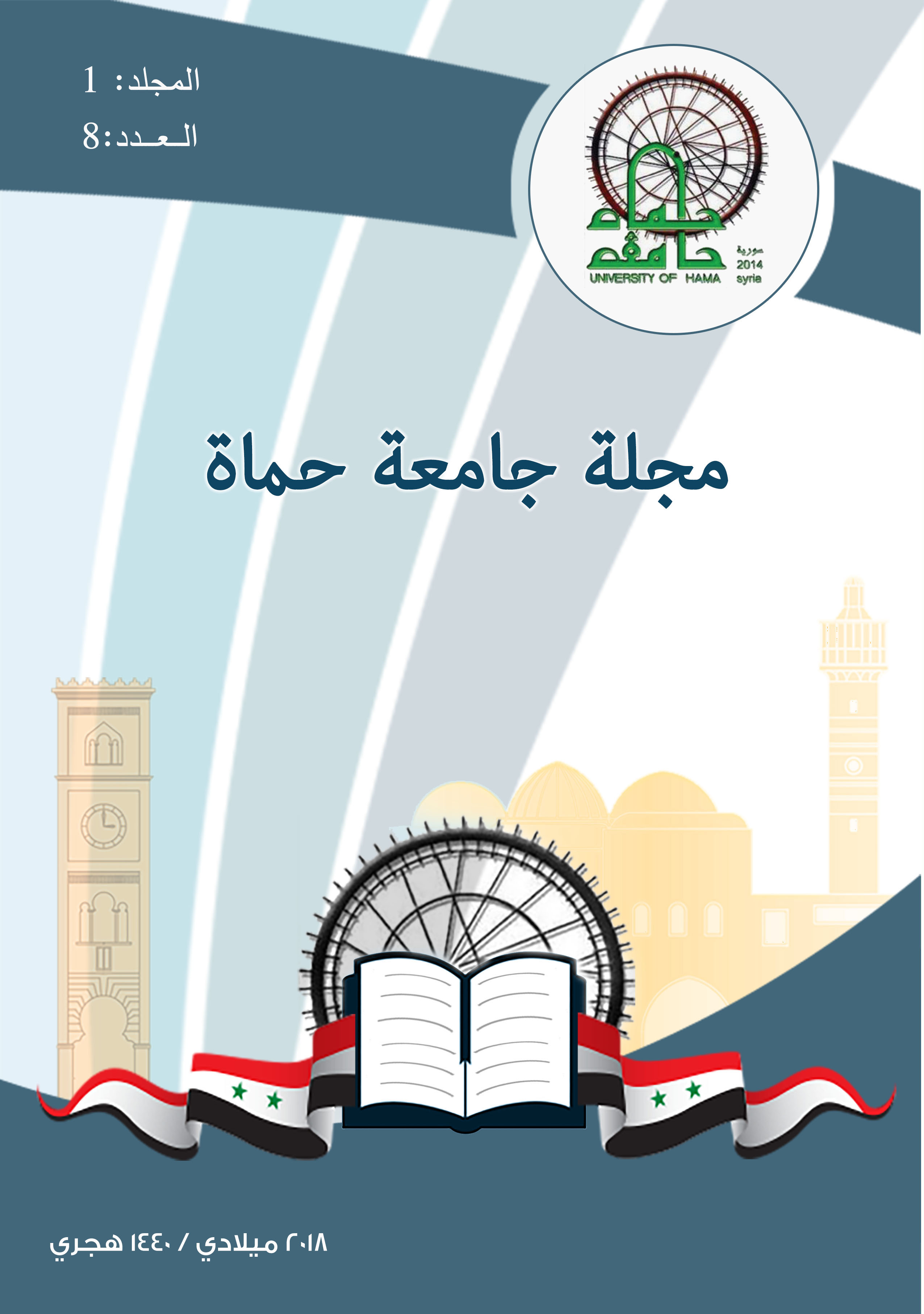Water Resources Management of Burj Islam area (Province of Latakia) by using Decision Support System, DSS.
الملخص
The problem of water scarcity is one of the greatest threats facing modern societies, especially with the emergence of existential threats to civilized societies from large population growth, great pollution of natural resources and global warming, all that led to the need to implement the principle of Integrated Water Resource Management, IWRM.
Using WEAP21 program a study of water resources management for Burj Islam area in the province of Latakia, Syria, where applied. This was by creating a mathematical model and introducing a range of scenarios. Analysis of these scenarios showed that; In the reference scenario, which is the comparison scenario the per capita daily average fell from 188 l / day in 2012 to 155 l/day in 2050, and in case of reducing water losses from 40% to 10%, the result was an increase in per capita share in 2050 to 174 l/day, which is about 13% over the reference scenario.
A new scenario were assumed to establish a filtration station on 16 Teshreen dam in 2020. The share of the study area was estimated to be 0.1 m3/ sec, the drinking water per capita in this scenario in 2050 were reached to 200 l/ day, this mean that the per capita share was about 29% more than the reference scenario.
Depending on results analysis a recommended measures were revealed to solve the problem of water deficit in Burj Islam area.


